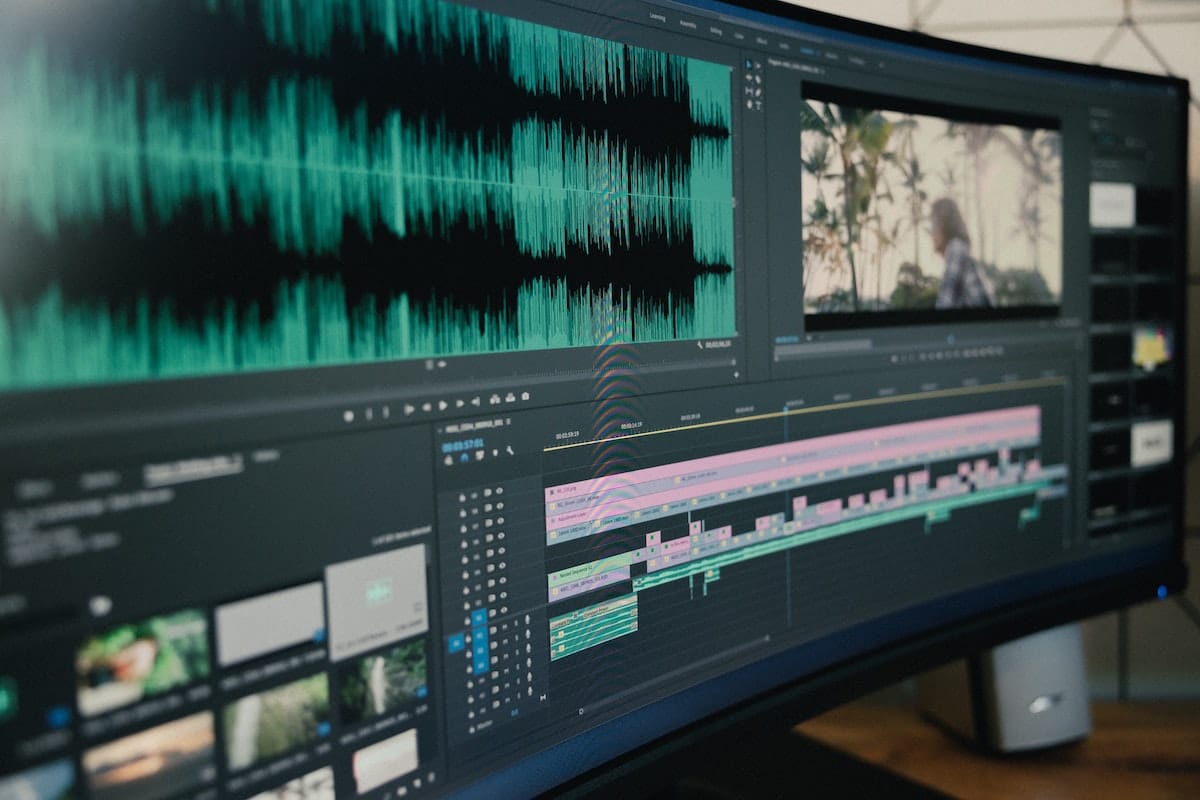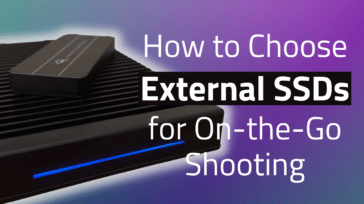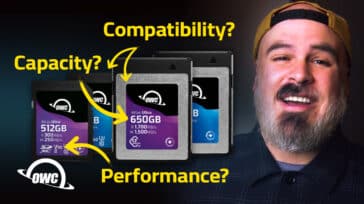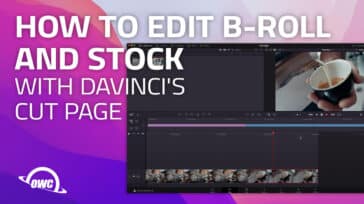
Mezzanine codec is a strange term that’s been thrown around for the last decade or so in the postproduction world. It’s supposed to be an intermediary codec that fulfills two objectives. On one hand it’s supposed to be codec that offers performance in your editing software while also retaining excellent image quality, but that definition feels like it’s lacking transparency. If your workstation and storage are powerful enough does a heavy codec like ProRes 4444XQ qualify as a mezzanine codec? What if your workstation isn’t powerful and you use ProRes 422, does that still qualify as a mezzanine codec? The answer is yes and no: it all depends on the needs of your project.
Where do Mezzanine codecs come from?
We can acquire mezzanine codecs in two ways, we can capture them in camera, or we can generate them through software on our workstation. Once we understand the needs and restraints of the project, we can determine how we acquire our mezzanine codec. So why would we choose either or?
Most commonly, mezzanine codecs are captured in camera or through an external recorder. This generates ready to edit files, so as soon as the card has been offloaded to your storage and backed up you can start to work. Whatever codec you’ve decided to capture, this is your original camera file or OCF.
How to choose a Mezzanine codec
Some popular choices for mezzanine codecs are from the ProRes, DNxHR, and Cineform families:
- ProRes 422
- ProRes 422 HQ
- ProRes 4444
- ProRes 4444 XQ
- DNxHR 444
- DNxHR HQ
- DNxHR HQX
- DNxHR SQ
- CineForm 10bit
- CineForm 12bit
All three of these codec families are industry standards, but ProRes is certainly the most widely used across camera and external recorder manufacturers. ProRes is resolution independent which means it can accommodate any size frame of your choosing.
The DNx family is great, but it offers a lot of options that can quickly get overwhelming for new users. Finally, CineForm is extremely high quality but comes with the burden of a high data rate. This means that you’re going to need a lot of storage if you’re considering doing multiple cameras or longer form projects.
For these reasons, I strongly encourage you to select ProRes as a mezzanine codec for your workflow.
What to consider when choosing a mezzanine codec
When it comes to choosing a mezzanine codec we need to consider things like:
- What resolution am I shooting?
- Am I going to need to do color grading for the final product?
- How much storage do I have available on my NAS?
- How much storage do I have with my current camera cards?
These questions should be at the top of the list for any new project, not just when choosing a mezzanine codec. If your project doesn’t require more than some basic color corrections, something like ProRes 422 or 422 HQ would be a great choice. Giving you lots of sharpness and detail while having 10bits of color information for those basic corrections (like when someone forgot to adjust the white balance). These codecs are also a little more friendly on your storage and its performance because they offer lower bit rates than ProRes 4444 and 4444 XQ.
If your footage is going to require heavy color grading to achieve a look that was impossible to get in camera, then 4444 XQ might be the way to go. If you go this route, you need to consider the amount of camera card space and the amount of space you’ll need on your direct attach or shared storage. Do you have a large-capacity, high-speed Network Attached Storage (NAS) solution like an OWC Jellyfish? If you go with ProRes 444XQ, you’d be best served if you did: an hour of ProRes 4444 XQ can top out at around 800GB.
Whatever mezzanine codec you choose, it should almost always exceed the bit rate of the footage your camera would natively capture. For cameras like DSLRs which normally capture in a compressed format like H.264 or H.265, this is important. It’s a process that requires a bit of homework and testing to see which one is going to work for you.
Sometimes for various reasons a project may not be shot in an intermediate or mezzanine codec. There are people who love shooting in raw, it provides flexibility in post-production and file sizes can be smaller than a mezzanine codec! RED and Blackmagic offer various levels of compression for their proprietary raw codecs, but you do lose some sharpness and detail in their higher compression ratios.
The drawbacks of RAW
Raw codecs can be demanding on your workstation and storage bandwidth, but they can also require more processing time in your workflow.
Acquiring mezzanine codecs in camera can remove the processing time for projects that have short turn around times. The trade-off of course being that you lose the flexibility that raw affords for image correction. Raw files can also require some form of transcoding for users connected to shared storage to review.
Anyone on your team who needs access to footage either needs to go through a dedicated file player or wait for those transcodes. We choose mezzanine codecs because they offer the perfect balance between ease of use and flexibility for a specific production.
Is there one perfect codec out there that solves every single problem? No, not even close. But with time and experimentation you can find the perfect mezzanine codec for your perfect workflow.










An all ProRes workflow has been wonder to behold since Apple introduced it with Final Cut Studio 2 back in 2007.
l’m glad that we can implement it in Premiere Pro running either macOS or Windows.